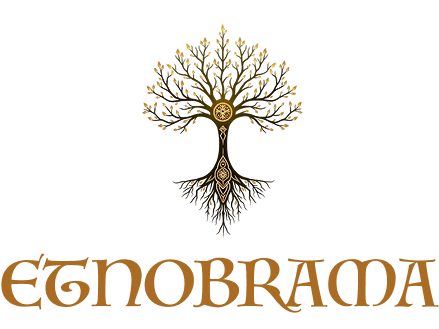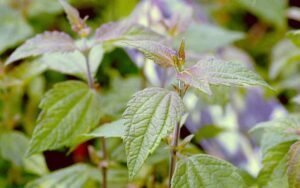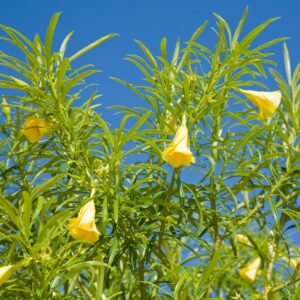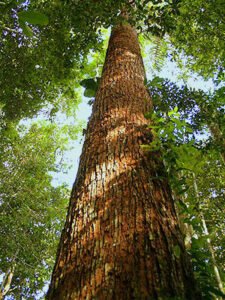Around the World



Legal status: While zacatechichi is not classified as a controlled substance under U.S. federal law, it has been prohibited in Louisiana and Poland due to its psychoactive properties.
Calea zacatechichi is a plant traditionally used by the Chontal Indians of Mexico for divination through dreams. It has been shown to induce light sleep and increase vivid dream experiences, particularly during superficial sleep stages. While it can cause side effects such as salivation, ataxia, and vomiting at higher doses, it also enhances certain cognitive functions like reaction time and time-lapse estimation at low doses. The plant has potential uses for dream enhancement but also raises concerns regarding its safety, especially for long-term use.
Calea zacatechichi enhances dream recall and vividness during sleep, particularly by increasing hypnagogic imagery during slow-wave sleep (SWS), rather than REM sleep. Despite its impact on sleep stages, including reducing REM sleep, it boosts dream activity, which aligns with its traditional use among the Chontal Indians for divination through dreams. This effect is distinct from substances like diazepam, which decreases dreaming despite similar EEG effects.
Literature:
Mayagoitia, L., Diaz, J.-L., & Contreras, C. M. (1986). Psychopharmacologic analysis of an alleged oneirogenic plant: Calea zacatechichi. Journal of Ethnopharmacology, 18, 229-243. Elsevier Scientific Publishers Ireland Ltd.

Camalonga (Strychnos sp.) is a unique plant highly valued in traditional Amazonian medicine. Native to the lower Amazon and originally from Asia, its seeds are considered powerful tools for energy protection and cleansing. This "master plant" is used not only as part of healing rituals but also as an amulet.
The Healing Properties of Camalonga
Camalonga has long been recognized for its remarkable healing properties. Healers and shamans use it to detoxify the body, calm the nervous system, and purify the energy field. Its applications span spiritual cleansing and physical healing, making it an tool in Amazonian rituals. Key benefits of camalonga:
- Energy Cleansing: camalonga is highly effective in removing negative energy influences such as those caused by witchcraft, occult practices, or strong emotional traumas.
- Nervous System Detoxification: it acts as a detoxifier and tranquilizer, helping to restore balance to the central nervous system.
- Enhancing Spiritual Awareness: camalonga promotes heightened dream activity, revealing transgressions and imbalances in a person's life.
- Muscle Relaxation and Pain Relief: it has anesthetic and muscle-relaxing properties, providing relief in cases of tension or minor paralysis.
- Harmonizing Relationships: the plant helps cleanse the negative effects of unhealthy sexual relationships and harmonizes the individual's energy field.
Camalonga’s healing properties make it a key plant in traditional medicine. Its unique ability to cleanse both the physical and spiritual bodies underscores its significance in Amazonian practices. However, its powerful nature demands careful and knowledgeable use.
The Use of Camalonga in Traditional Medicine
IIn traditional Amazonian medicine, Camalonga is used as part of elaborate rituals and healing processes. Its seeds are often macerated in "sun water" and consumed over several days. However, strict dietary guidelines and precautions are essential during its use due to its high strychnine content. Application of camalonga:
- Diet Programs: at centers like Takiwasi, Camalonga is administered to cleanse and rebalance patients energetically. The process includes a sugar-free diet to prevent potential interference with the plant’s effects.
- Rituals for Spiritual Cleansing: camalonga is a powerful ally in purifying the consequences of spiritual or energetic transgressions, including ancestral burdens.
- Psychotherapeutic Support: combined with psychotherapeutic practices, the plant facilitates deep introspection and emotional healing.
- Energy Balancing: it restores harmony in cases of strong spiritual disruptions or imbalances caused by past experiences or relationships.
- Protective Amulet: beyond ingestion, the seeds are carried as amulets for ongoing energy protection.
The use of Camalonga in traditional medicine is deeply rooted in Amazonian culture. It plays a pivotal role in detoxifying the body and spirit, supporting emotional and spiritual growth, and offering protection against harmful influences. However, due to its toxicity, professional supervision is crucial.
Huayra Caspi (Cedrelinga cateniformis): Botanical and Cultural Insights
Introduction
Huayra Caspi, scientifically known as Cedrelinga cateniformis, is a significant tree species from the Moraceae family, often referred to by various names including hiri caspi, palisangre, palo de sangre, and tucuchi. Native to the lowland rainforests, it holds a vital role in both medicinal and spiritual practices among Amazonian communities. This article delves into the botanical features of Huayra Caspi, its medicinal properties, and its cultural and spiritual significance.
Botanical Features and Medicinal Properties
Huayra Caspi is a large tree, often regarded as the tallest in its ecosystem, found primarily in the lowland regions of the Amazon. It belongs to the angiosperms, specifically the order Urticales and Fagales, and is part of the Brosimum genus. Known for its robust structure, Huayra Caspi has become an essential component of the local flora.
The tree is noted for its healing properties, especially in the treatment of abscesses, enteritis, and hemorrhages. Traditional healers use various parts of the tree—such as its bark and sap—to create remedies believed to possess anti-inflammatory and blood-coagulating effects. While scientific studies on its therapeutic potential remain limited, the tree is highly valued in local medicine.
Spiritual and Shamanic Significance
Huayra Caspi plays an integral role in the spiritual and shamanic traditions of the Amazonian tribes. It is believed to act as a conduit to "internal medicine," facilitating clarity and deepening the understanding of medicinal plants. The tree's sap and other components are often used in shamanic rituals, as it is thought to enhance mental clarity and openness, particularly when working with other psychoactive plants like ayahuasca.
The tree's connection to spiritual knowledge is profound. It is said to "clear the path" for spiritual insight, helping those who engage with it to better understand themselves and their surroundings. As such, Huayra Caspi is not just a physical resource but also a key to unlocking higher states of consciousness and expanding one’s knowledge of the spiritual world.
Legal status: While zacatechichi is not classified as a controlled substance under U.S. federal law, it has been prohibited in Louisiana and Poland due to its psychoactive properties.
Calea zacatechichi is a plant traditionally used by the Chontal Indians of Mexico for divination through dreams. It has been shown to induce light sleep and increase vivid dream experiences, particularly during superficial sleep stages. While it can cause side effects such as salivation, ataxia, and vomiting at higher doses, it also enhances certain cognitive functions like reaction time and time-lapse estimation at low doses. The plant has potential uses for dream enhancement but also raises concerns regarding its safety, especially for long-term use.
Calea zacatechichi enhances dream recall and vividness during sleep, particularly by increasing hypnagogic imagery during slow-wave sleep (SWS), rather than REM sleep. Despite its impact on sleep stages, including reducing REM sleep, it boosts dream activity, which aligns with its traditional use among the Chontal Indians for divination through dreams. This effect is distinct from substances like diazepam, which decreases dreaming despite similar EEG effects.
Literature:
Mayagoitia, L., Diaz, J.-L., & Contreras, C. M. (1986). Psychopharmacologic analysis of an alleged oneirogenic plant: Calea zacatechichi. Journal of Ethnopharmacology, 18, 229-243. Elsevier Scientific Publishers Ireland Ltd.





